Automotive design has evolved remarkably over the decades, thanks to visionary designers who’ve redefined what cars can be. From the earliest designs to the most modern innovations, these designers have left an indelible mark on the industry. Let’s delve into the lives and works of ten influential designers who have fundamentally shaped automotive history.
Ferdinand Porsche
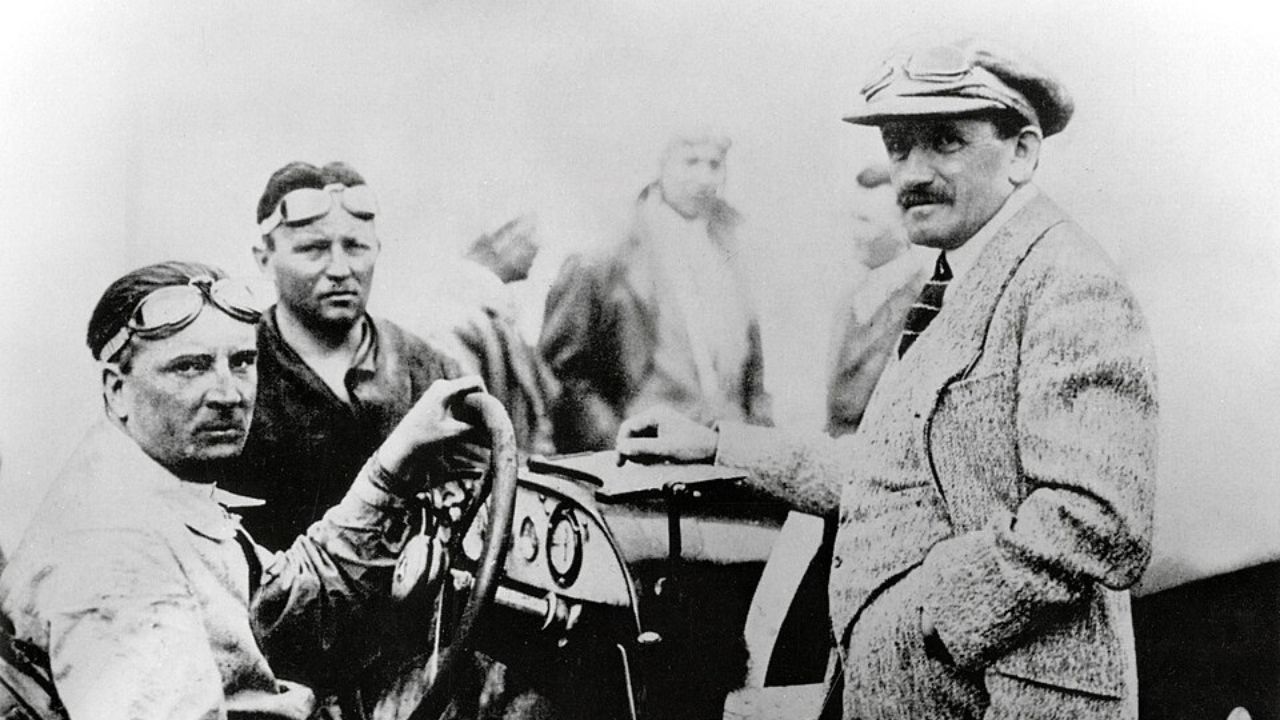
Ferdinand Porsche is a name synonymous with both innovation and engineering excellence. Best known for creating the Volkswagen Beetle, one of the best-selling cars of all time, Porsche’s designs have become iconic. His influence extends beyond Volkswagen, as he also founded the Porsche brand, which has become a symbol of luxury and performance.
Porsche’s contributions to automotive design include pioneering work on hybrid vehicles and developing the Auto Union P racing car, which dominated Grand Prix racing in the 1930s. His engineering prowess and innovative spirit continue to inspire automotive designers worldwide.
Harley Earl
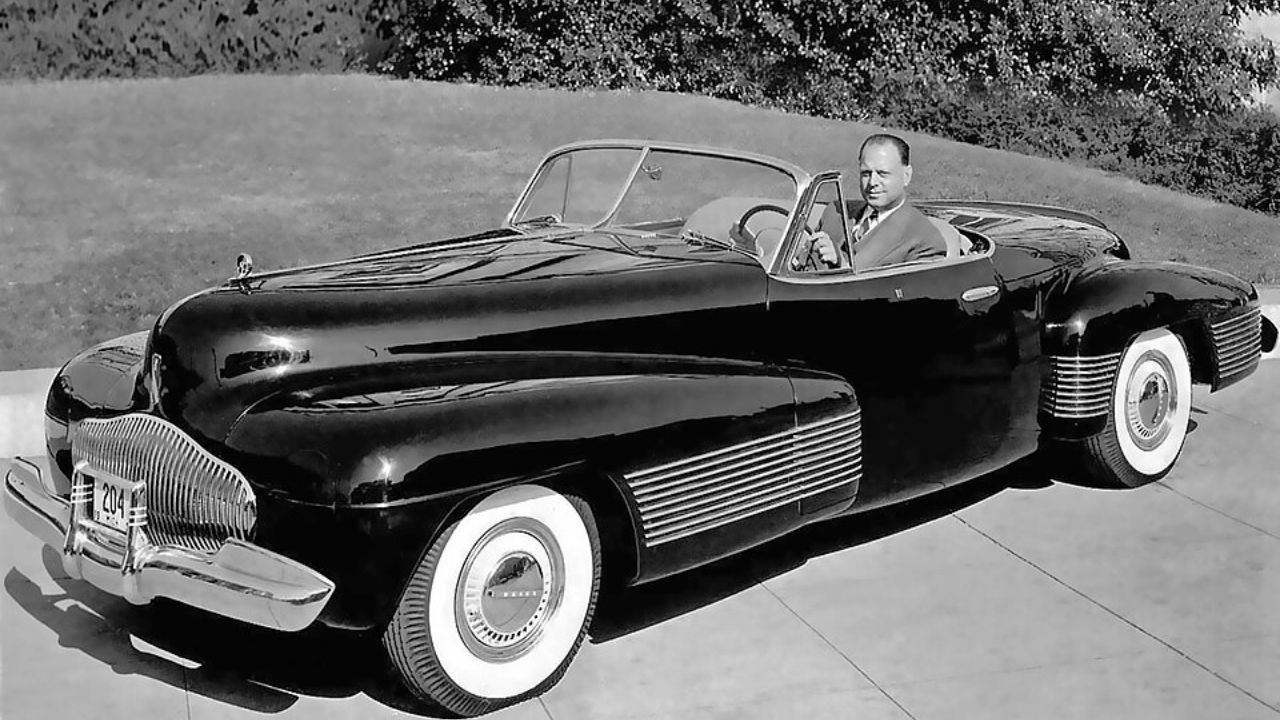
Harley Earl was a trailblazer in the American automotive industry, known for introducing the concept of the “concept car” with the 1938 Buick Y-Job. As the first head of General Motors’ Art and Color Section, Earl’s vision led to the development of the Corvette, an enduring symbol of American sports cars.
Earl is credited with transforming car design from a purely functional endeavor to an artistic and aspirational pursuit. His introduction of tail fins and other stylistic elements in the 1950s set trends that would influence car design for generations.
Giorgetto Giugiaro
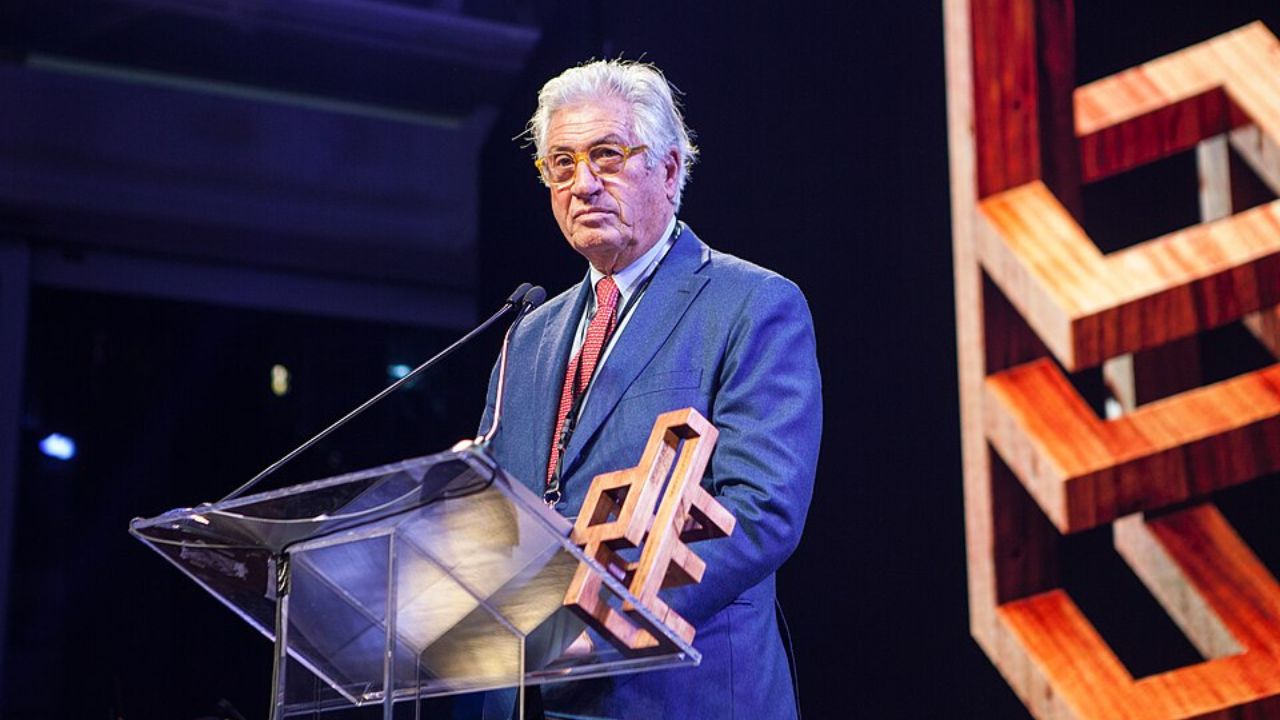
Giorgetto Giugiaro is an Italian designer renowned for his work with multiple automotive brands, including Alfa Romeo, Ferrari, and Volkswagen. His design of the 1974 Volkswagen Golf is particularly noteworthy, as it helped define the hatchback segment and has remained a popular model over the decades.
Giugiaro’s influence extends beyond the Golf. He designed the iconic DeLorean DMC-12, immortalized by the “Back to the Future” film series, and the Lotus Esprit, showcasing his ability to blend functionality with sleek aesthetics.
Marcello Gandini
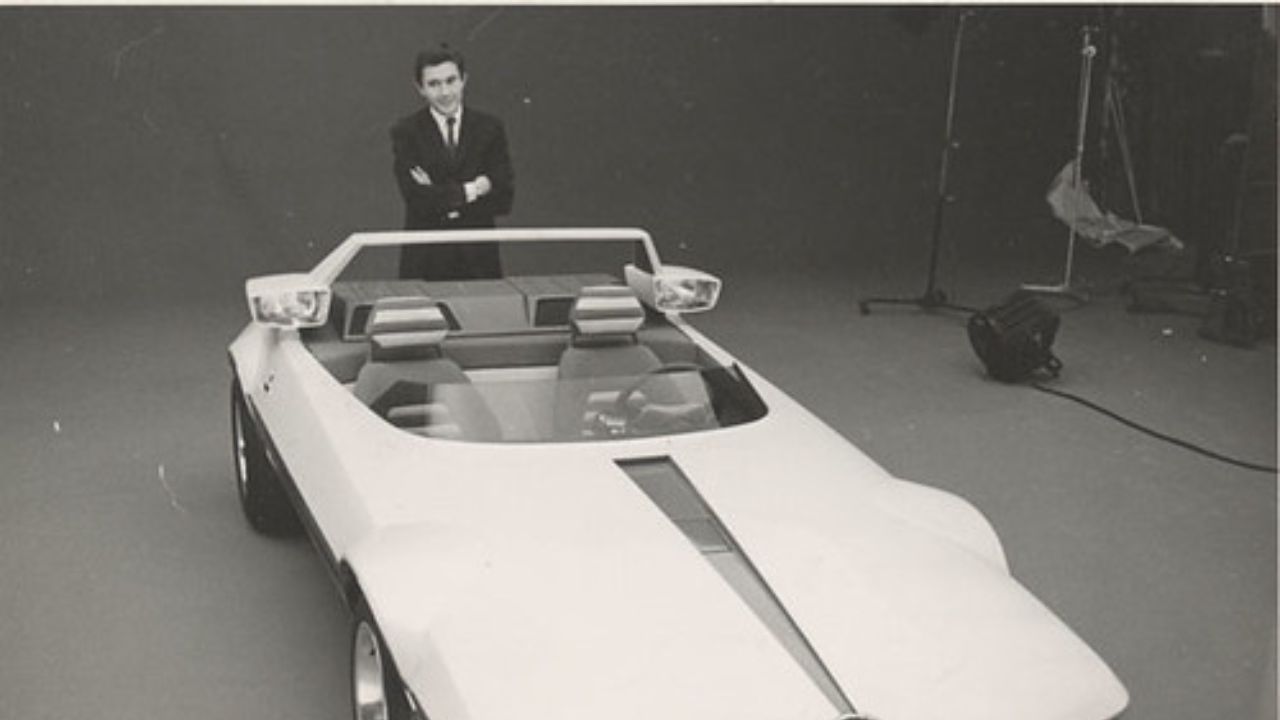
Marcello Gandini is a legendary figure in automotive design, known for his work with Bertone and several prominent car manufacturers. His design of the Lamborghini Miura in 1966 is often credited with creating the modern supercar aesthetic, characterized by its low profile and mid-engine layout.
Gandini’s portfolio includes other iconic models such as the Lamborghini Countach, which further cemented his reputation for designing bold, futuristic vehicles. His work continues to influence the design language of performance and luxury vehicles.
Pininfarina
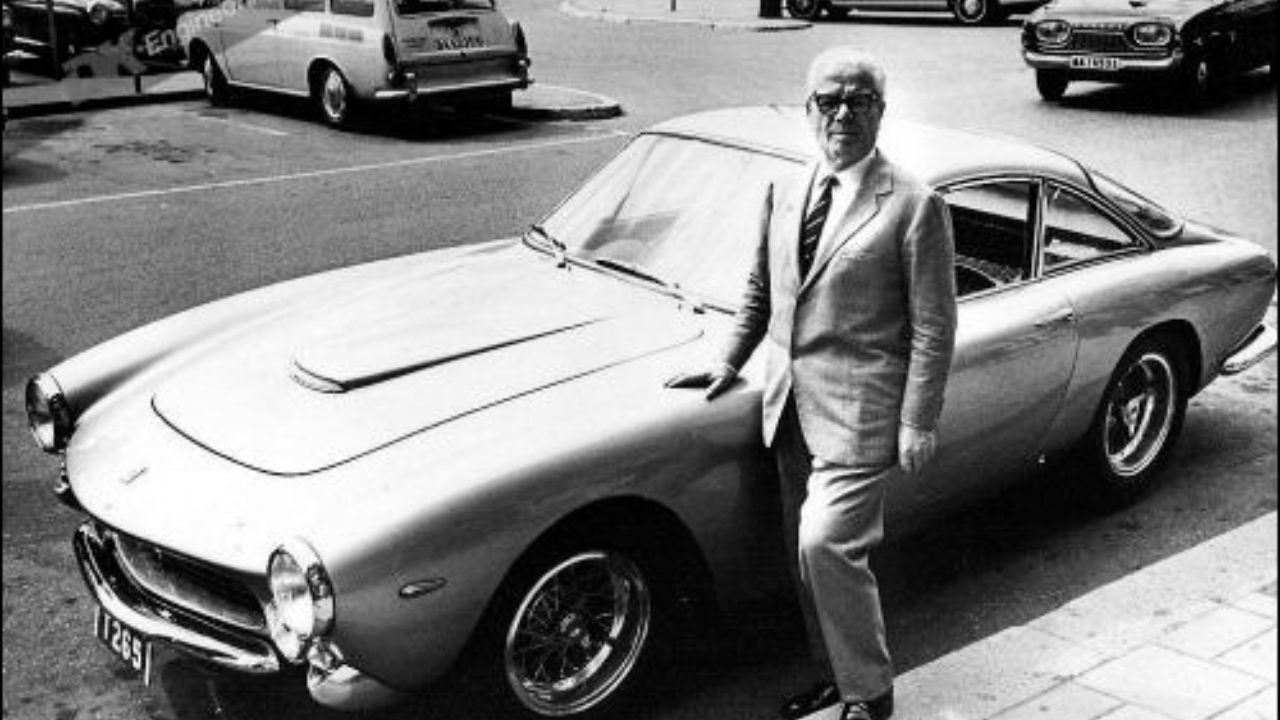
Pininfarina, founded by Battista “Pinin” Farina, is an Italian design house that has worked with numerous luxury car manufacturers, including Ferrari, Maserati, and Alfa Romeo. Known for its elegant and aerodynamic designs, Pininfarina has been a significant contributor to the visual identity of these brands.
One of Pininfarina’s most famous creations is the Ferrari Testarossa, a car that became synonymous with 1980s automotive style. The design house’s commitment to blending form with function has made its work timeless and highly influential in the automotive world.
Carroll Shelby
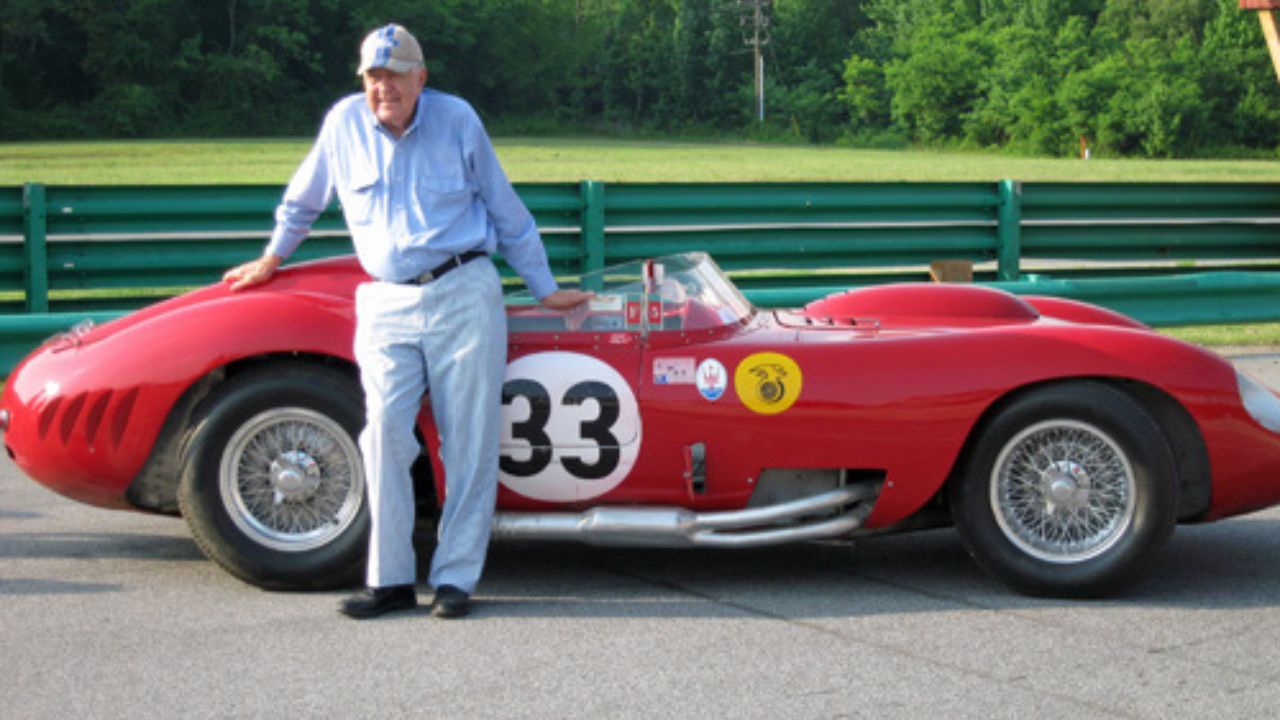
Carroll Shelby was a legendary American automotive designer and race car driver known for creating high-performance vehicles. His collaboration with Ford resulted in the iconic Shelby Mustang, a car that redefined American muscle and performance.
Shelby’s influence extends beyond the Mustang. He also designed the Shelby Cobra, which became a dominant force in sports car racing. His ability to marry performance with distinctive design elements has left a lasting legacy in the automotive world.
Alec Issigonis
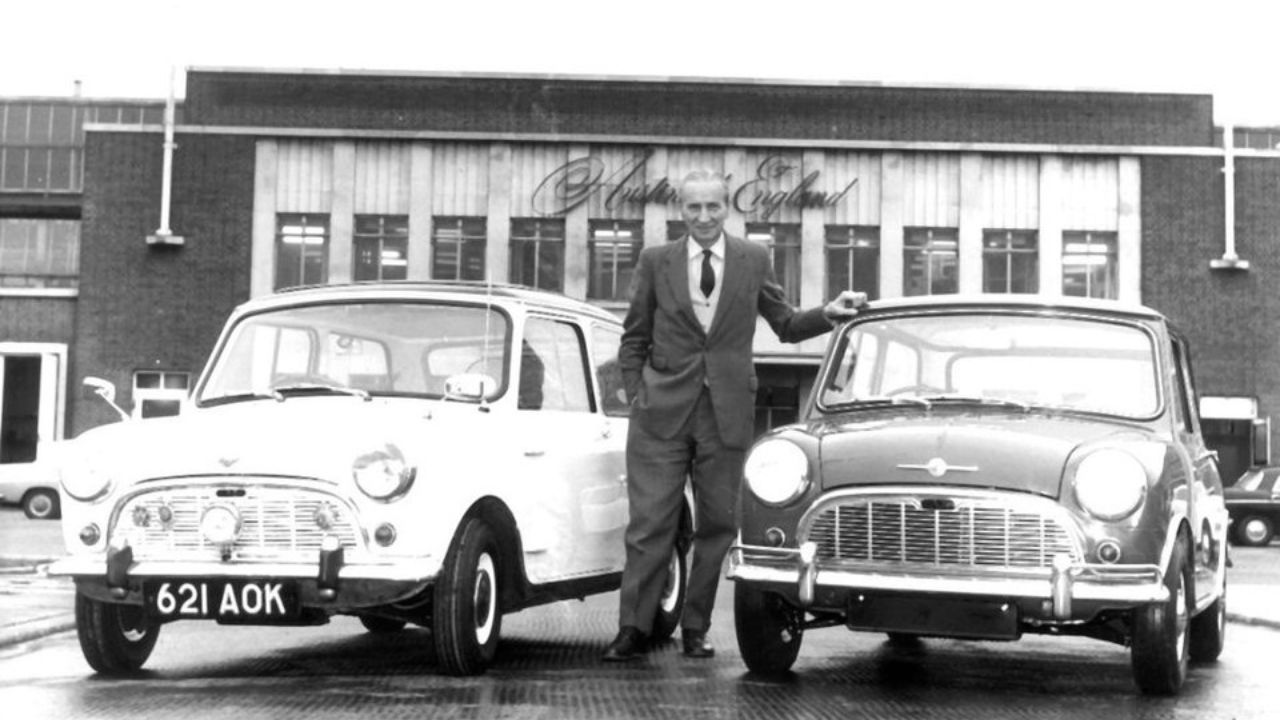
Alec Issigonis is celebrated for his revolutionary design of the Mini, a car that became a cultural icon in the 1960s. The Mini’s compact design and efficient use of space set new standards for small cars and influenced countless other models.
Issigonis’s work extended beyond the Mini, as he also contributed to the design of the Morris Minor and other British vehicles. His innovative approach to car design, focusing on practicality and efficiency, continues to resonate in the industry today.
Walter de Silva

Walter de Silva is an Italian designer known for his work with brands like Alfa Romeo, SEAT, and Audi. His design philosophy emphasizes clean lines and simplicity, resulting in vehicles that are both elegant and timeless.
De Silva’s designs include the Audi A5 and the Volkswagen Scirocco, both of which have been praised for their aesthetic appeal. His influence can be seen in the design language of Volkswagen Group brands, helping to shape their modern identities.
J Mays

J Mays is a prominent automotive designer known for his work with Ford and Volkswagen. His retro-futuristic design of the 1998 Volkswagen New Beetle successfully revived the classic Beetle for a new generation, blending nostalgic elements with modern technology.
Mays also played a crucial role in designing the Ford GT, a modern homage to the legendary GT40. His ability to merge past and present design elements has made his work stand out in the automotive industry.
Chris Bangle

Chris Bangle is an American designer who gained fame as the head of BMW’s design team. His radical design approach, known as “flame surfacing,” introduced bold and dynamic shapes to BMW’s lineup, including the controversial but influential 2002 BMW 7 Series.
Bangle’s work pushed the boundaries of automotive design and sparked debates about aesthetics and innovation. Despite the controversy, his influence is undeniable, as he challenged traditional design norms and inspired a new generation of designers to think outside the box.
Like Fast Lane Only’s content? Be sure to follow us.
Here’s more from us:
*Created with AI assistance and editor review.

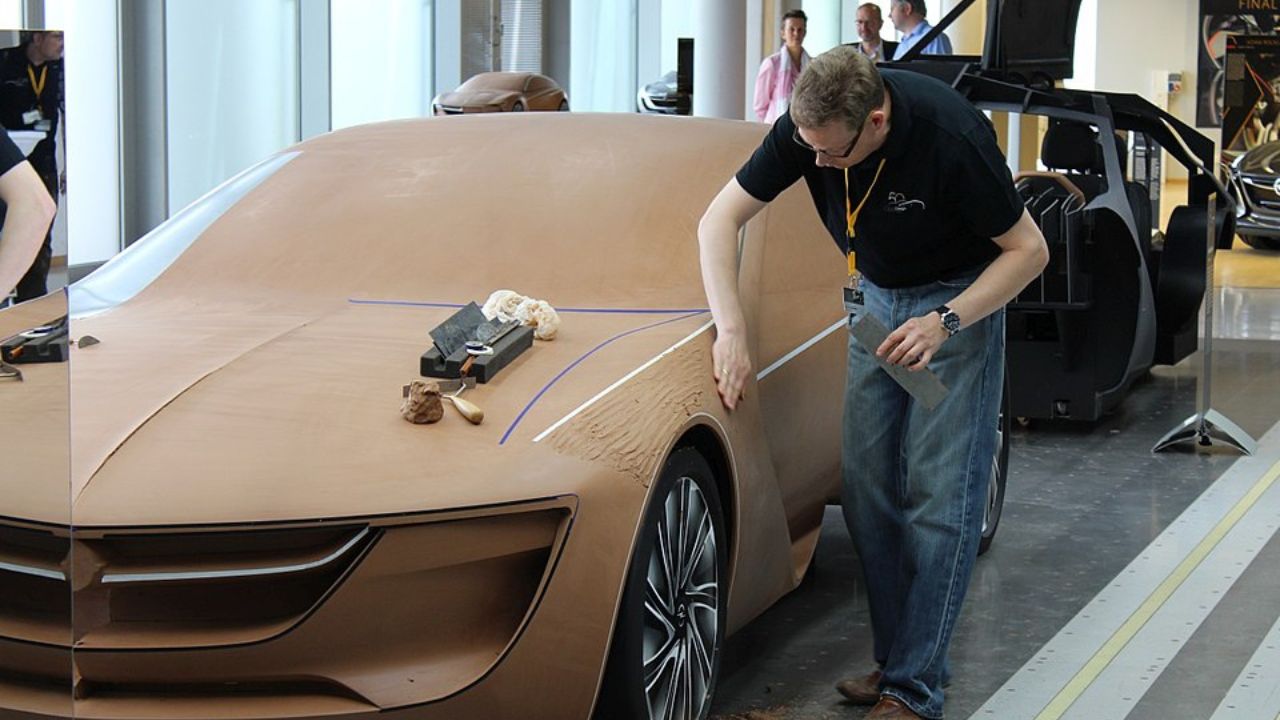
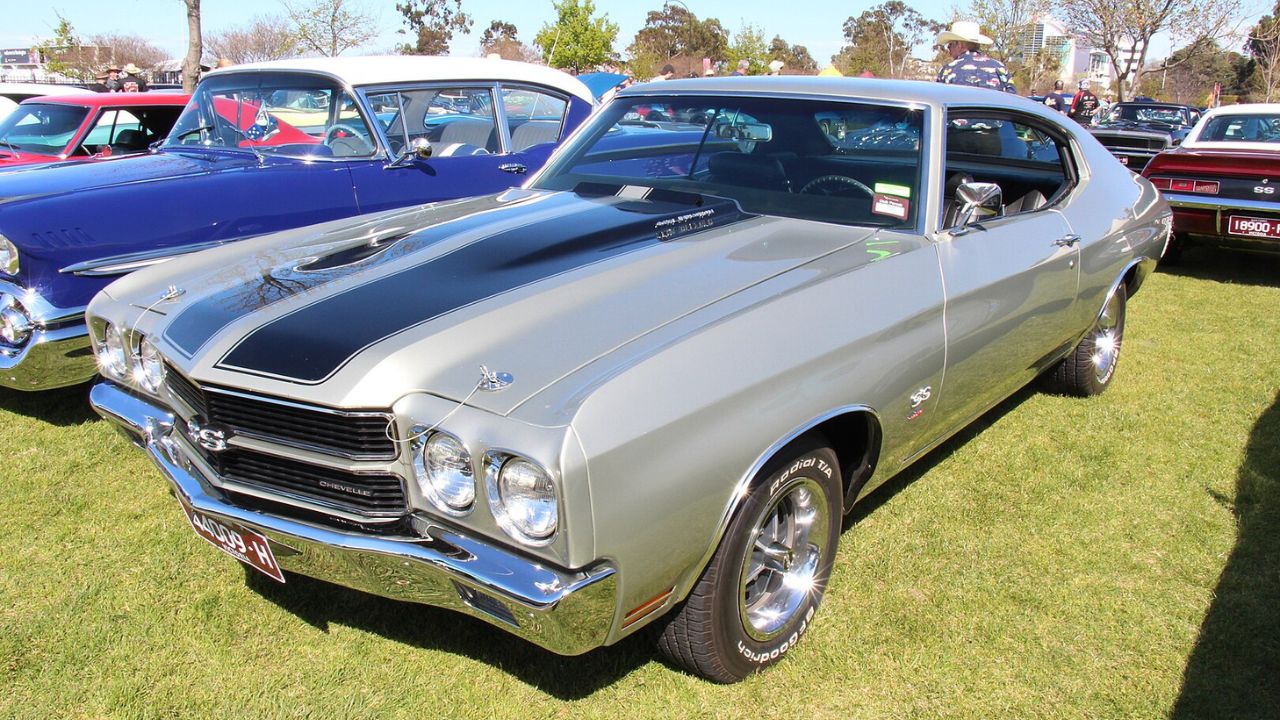
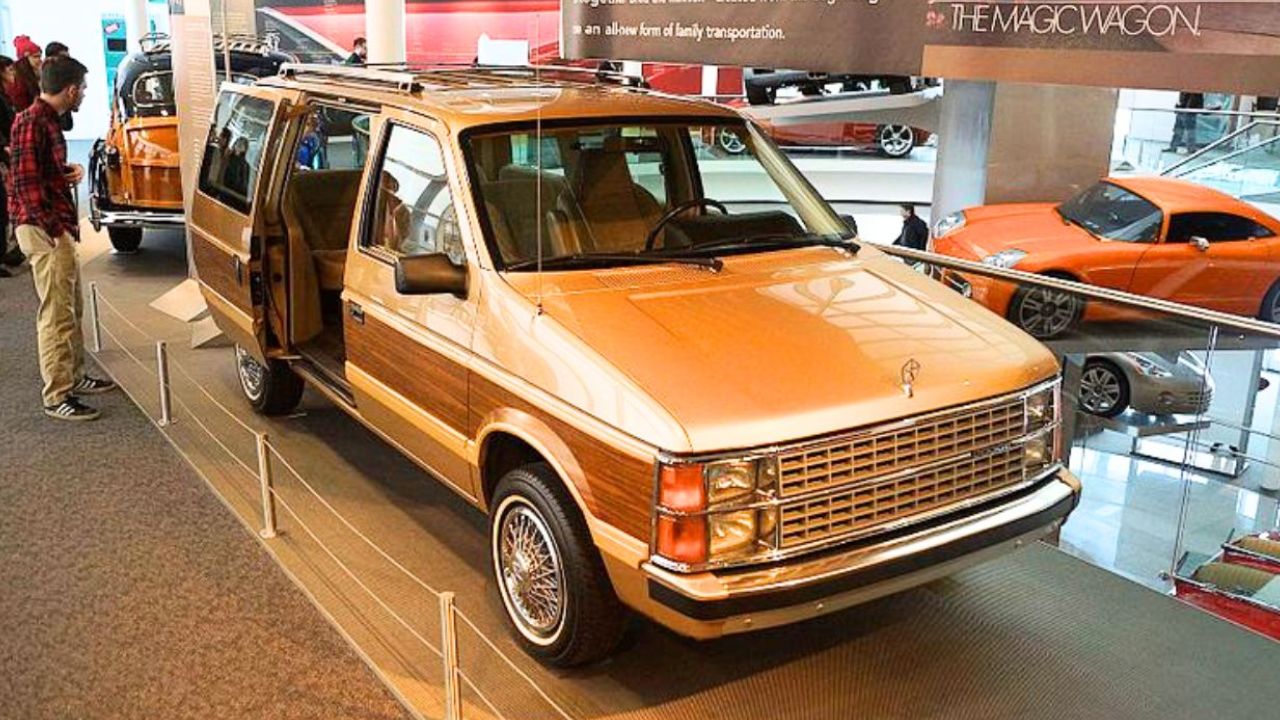
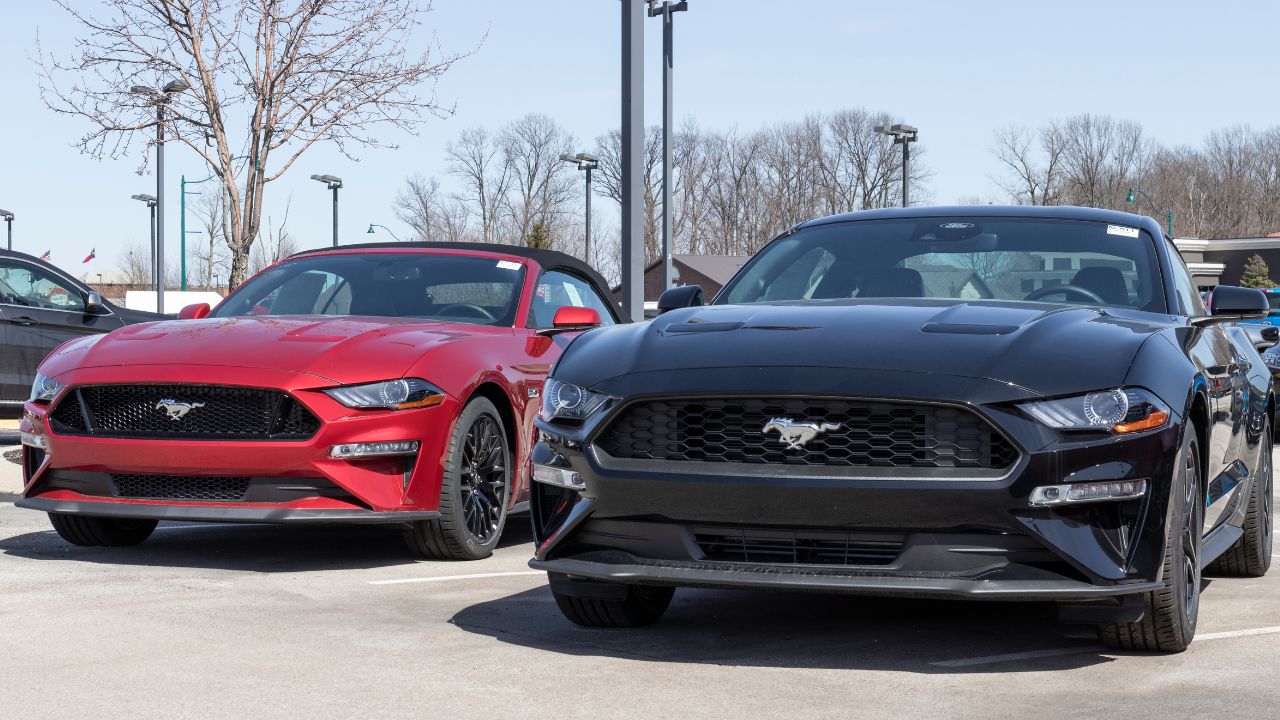

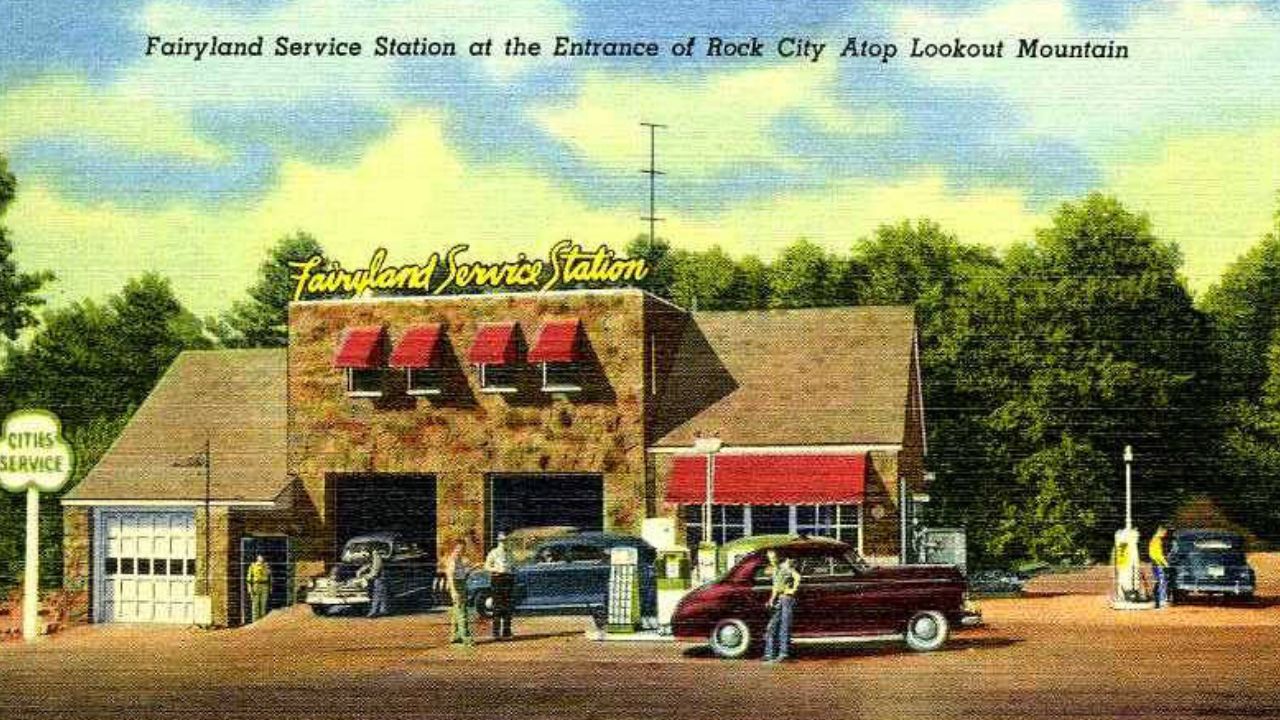
Leave a Reply